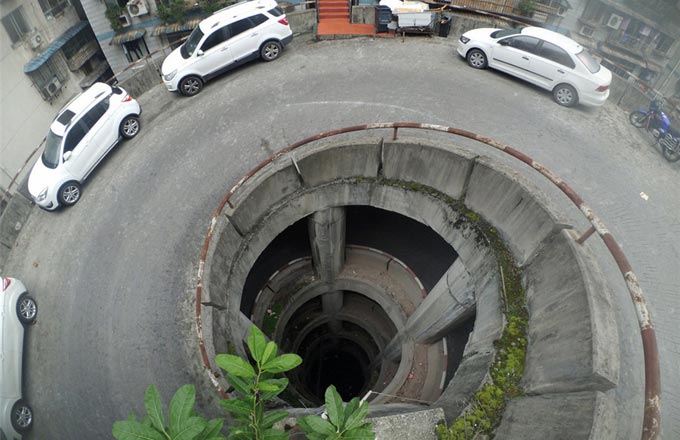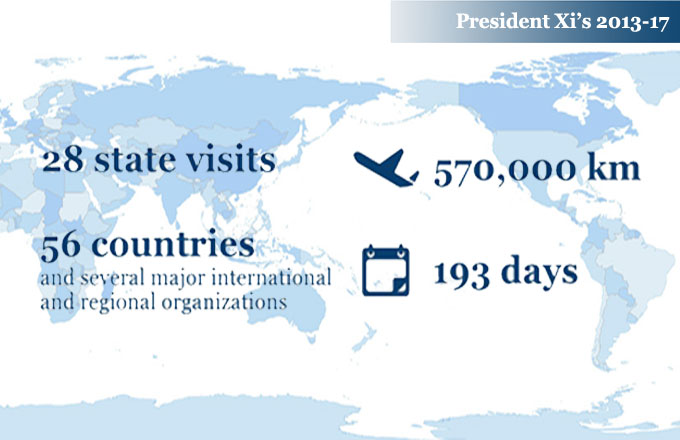Global tourist destinations brace for Chinese national holiday
BEIJING - Hundreds of thousands of overseas shops in countries all over the world now support Alipay payment in hope of attracting Chinese tourists during the upcoming eight-day national holiday.
Sixteen international airports have real-time QR code-scanning tax refund services for Chinese Alipay users, two in the Republic of Korea, and 14 in Europe, according to Ant Financial, the parent company of Alipay.
"The holiday is not just a festival for Chinese, but for us as well," said Wu Qing, manager of overseas market department of King Power, a duty-free chain in Thailand. "In addition to introducing payment methods that Chinese consumers are most familiar with, we offer Chinese language service everywhere in our stores," Wu said.
The upcoming holiday starts on Oct 1.
Justin Watson, chief commercial officer of Christchurch International Airport in New Zealand, said the airport had undergone many changes to attract young Chinese tourists, including supporting Alipay.
He said over 400,000 Chinese tourists visited New Zealand last year, most of them young people.
"For every 10 international travelers, there is one Chinese traveler, either shopping, or on the beach, or in natural or cultural monuments," said Xu Jing, executive secretary and regional director for Asia and the Pacific of the World Tourism Organization.
Statistics from Ivy Alliance Tourism Consulting show that the number of Chinese outbound tourists in 2016 topped 122 million. So far in 2017, about $315 billion of overseas tourism revenue comes from Chinese tourists.
A report by Ctrip, one of China's largest online travel platforms, said an expected 6 million Chinese tourists would travel and shop overseas during the upcoming holiday.
- Chongqing factory worker draws on white china plates with pen
- State Council appoints, removes officials
- Former senior legislator investigated for graft
- Chinese leaders pay tribute to national heroes at Tian'anmen Square
- China starts construction of major national scientific infrastructure





















